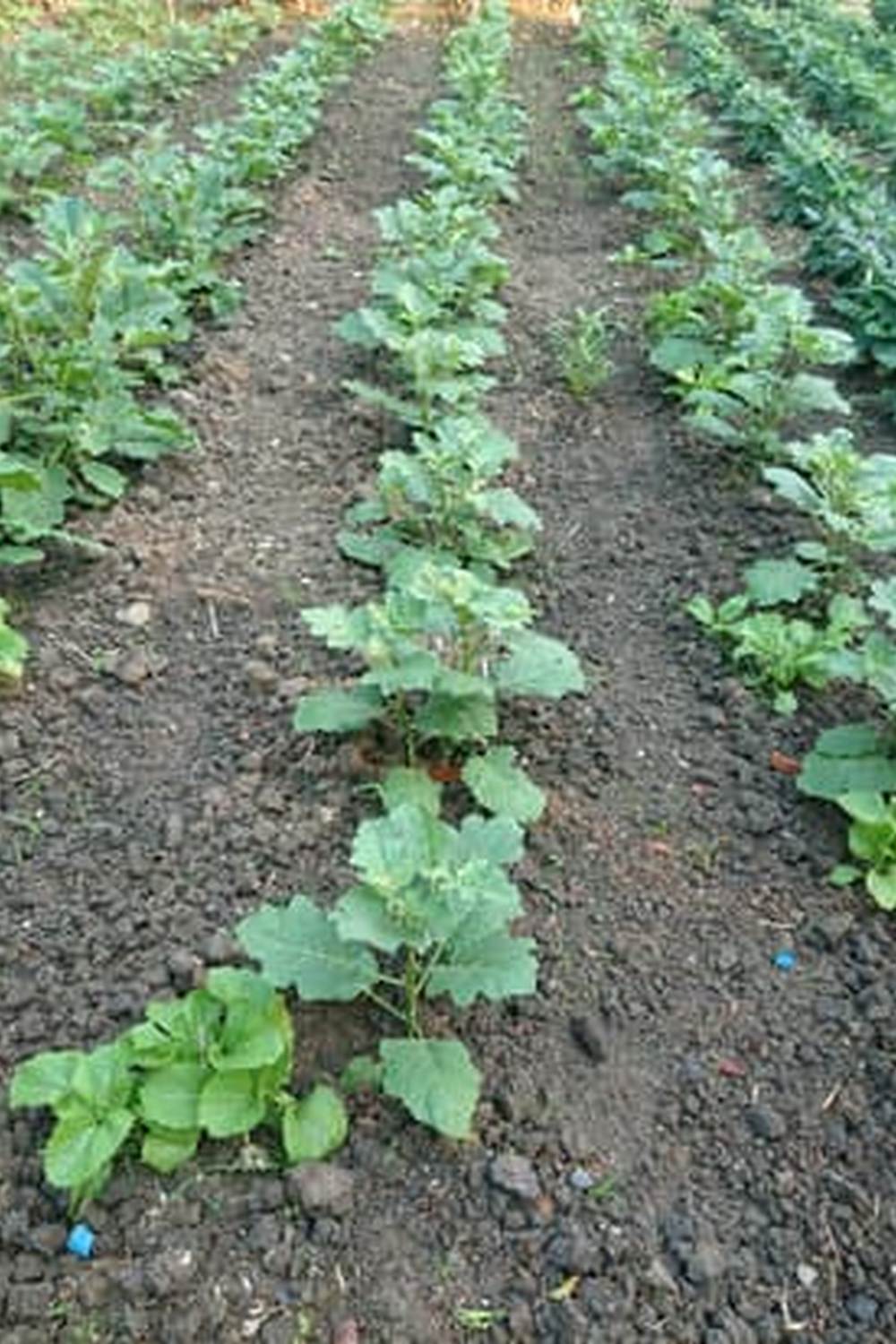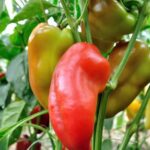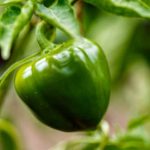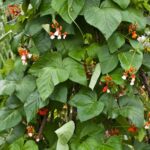For vegetable garden enthusiasts looking to optimize their watering methods, exploring drip irrigation options for vegetable gardens can be a game-changer. Drip irrigation is a technique that delivers water directly to the roots of plants through a network of pipes, tubes, and emitters. This method ensures efficient water usage, reduces water wastage, and promotes healthier plant growth by providing a consistent moisture supply.
One of the key benefits of using drip irrigation systems in vegetable gardens is the ability to deliver water precisely where it is needed most – at the plant’s root zone. Unlike traditional watering methods like overhead sprinklers that can lead to water evaporation and runoff, drip irrigation maximizes water efficiency by minimizing waste and ensuring that plants receive the right amount of moisture. Additionally, this targeted approach helps prevent diseases caused by excessive moisture on foliage.
When considering drip irrigation options for vegetable gardens, gardeners have a variety of systems to choose from, including soaker hoses, drippers, and micro-sprayers. Each type offers unique advantages depending on factors such as garden size, plant layout, soil type, and water source. By understanding the different types available and their specific benefits, gardeners can select the most suitable drip irrigation system to meet their needs and maximize the productivity of their vegetable garden.
Benefits of Drip Irrigation Over Traditional Watering Methods
Drip irrigation offers several key benefits over traditional watering methods when it comes to maintaining a vegetable garden. One of the primary advantages is water efficiency. With drip irrigation systems, water is delivered directly to the roots of plants, reducing water waste through evaporation and runoff. This targeted approach not only conserves water but also helps prevent weed growth by limiting moisture on the soil surface.
Another advantage of drip irrigation in vegetable gardens is the prevention of leaf diseases. By avoiding overhead watering, which can lead to wet foliage and promote fungal issues, drip systems keep plant leaves dry and minimize the risk of diseases spreading. This can result in healthier plants and higher yields for your vegetable garden.
Furthermore, nutrient loss is minimized with drip irrigation systems. Traditional watering methods often cause fertilizers to leach away from plant roots due to excessive runoff. Drip systems allow for precise control over where nutrients are delivered, ensuring that plants receive the necessary fertilizers directly at their root zone. This promotes better uptake of nutrients and contributes to overall plant health and productivity.
- Water efficiency
- Prevention of leaf diseases
- Minimization of nutrient loss
Different Types of Drip Irrigation Systems Available
When it comes to choosing the best drip irrigation system for your vegetable garden, there are several options available to consider. Soaker hoses, drippers, and micro-sprayers are among the most commonly used systems in garden settings. Each of these options has its advantages and may be more suitable depending on the specific needs of your garden.
Soaker hoses are a popular choice for vegetable gardens as they deliver water directly to the base of plants, reducing evaporation and ensuring that moisture reaches the roots where it is needed most. These hoses are typically made of recycled rubber material with tiny pores along their length that allow water to drip out slowly. They can be laid out in straight lines or snaked around plants to cover larger areas efficiently.
Drippers are another type of drip irrigation system that provides precise delivery of water to individual plants. These devices can be placed at the base of each plant or along a mainline so that they release small amounts of water directly onto the soil.
Drippers are customizable in terms of flow rate and spacing, making them ideal for gardens with varying plant needs. Some advanced dripper systems even come with timers and sensors to automate watering schedules based on environmental conditions.
| System Type | Key Features |
|---|---|
| Soaker Hoses | Slow and direct water delivery, reduces evaporation, suitable for larger areas. |
| Drippers | Precise water delivery, customizable flow rate and spacing, ideal for individual plants. |
Micro-sprayers are a type of drip irrigation system that emits water through fine nozzles in a spray pattern over a small area. These systems work well for watering vegetables like lettuce or delicate seedlings that require gentle coverage.
They often come with adjustable features such as spray radius and flow rate to accommodate different plant sizes within the same garden bed. Micro-sprayers are easy to install and can be connected to a mainline tubing or polyethylene pipe system for efficient watering distribution across your garden.
Factors to Consider When Choosing a Drip Irrigation System
When it comes to choosing a drip irrigation system for your vegetable garden, there are several important factors to consider. One of the key considerations is the size of your garden. Larger gardens may require a more complex system with multiple lines and zones to ensure all plants receive adequate water.
On the other hand, smaller gardens may only need a simple system with a few drippers or soaker hoses. Assessing the size of your garden will help determine the type and size of drip irrigation system that is best suited for your needs.
Another critical factor to take into account is the water source available for your vegetable garden. Drip irrigation systems can be connected to a main water line, rain barrel, or even a well depending on what is accessible to you.
It’s essential to consider the water pressure and flow rate from your water source when selecting components for your system. Some drip irrigation options are designed specifically for low-pressure systems, so it’s crucial to match the components with your water source to ensure proper functionality.
Lastly, budget plays a significant role in choosing a drip irrigation system for your vegetable garden. There are various options available on the market, ranging from simple and affordable setups to more elaborate and costly systems. It’s important to determine how much you are willing to invest in a drip irrigation system upfront as well as considering long-term maintenance costs.
While more advanced systems may offer additional features and benefits, simpler systems can still effectively provide water directly to the roots of your plants without breaking the bank. By weighing these factors carefully, you can select a drip irrigation system that meets both your gardening needs and budget constraints effectively.
Installation Process of Drip Irrigation Systems
Installing a drip irrigation system in your vegetable garden can greatly improve the efficiency of watering, leading to healthier and more productive plants. Before getting started on the installation process, it’s important to gather all the necessary materials. This includes the drip tubing, emitters or drippers, connectors, stakes, filters, pressure regulator, and timer. Make sure to choose high-quality components that are suitable for your specific garden size and layout.
Step 1: Planning Your System
Begin by creating a detailed plan of your vegetable garden layout. Identify where you want water to be delivered and where you will place the main water supply line. Take into consideration the type of plants you have and their watering needs when planning the location of emitters or drippers. Measure distances accurately to ensure that you purchase enough tubing and connectors for your system.
Step 2: Installing the Main Water Supply Line
Once you have planned out your system, start by connecting the main water supply line to your outdoor faucet using a backflow preventer and pressure regulator if needed. Lay out the tubing along the perimeter of your garden beds or rows, securing it in place with stakes every few feet to keep it from shifting. Use connectors to make turns or connect multiple lines if necessary.
Step 3: Adding Emitters/Drippers
After laying down the main line, attach emitters or drippers at regular intervals based on plant spacing and water requirements. Make sure to insert them securely into the tubing and test them for proper flow before burying them under mulch or soil. Adjust the flow rate as needed to ensure each plant is receiving adequate water without wastage.
By following these steps carefully and ensuring proper installation of each component, you can set up a reliable drip irrigation system that will provide consistent moisture to your vegetable garden, promoting healthy growth and abundant harvests. Regular maintenance such as cleaning filters and checking for leaks will help keep your system running smoothly throughout the growing season.
Maintaining a Drip Irrigation System
Regular Inspection
One of the key aspects of maintaining a drip irrigation system for your vegetable garden is conducting regular inspections. It is important to check for any leaks, clogs, or damage to the system’s components. Inspect the tubing, emitters, connectors, and filters to ensure they are functioning properly. Look out for any signs of wear and tear that may affect the system’s efficiency.
Cleaning the System
Cleaning the drip irrigation system is essential to prevent clogs and ensure that water can flow freely to all parts of your vegetable garden. Over time, mineral deposits, algae, and debris can accumulate in the system, leading to blockages. You can clean the filters regularly to prevent clogging and flush out the tubing to remove any build-up. Consider using a mild cleaning solution or vinegar to dissolve mineral deposits.
Adjusting Settings
As your vegetable garden grows and evolves, it is important to adjust the settings of your drip irrigation system accordingly. Check the watering schedule based on factors like weather conditions, plant growth stages, and soil moisture levels. Make sure that each plant receives adequate water without overwatering or underwatering. Adjust the flow rate and emitter spacing as needed to meet the specific needs of your plants.
By following these maintenance tips for your drip irrigation system in your vegetable garden, you can ensure optimal performance and healthy plant growth. Regular inspection and cleaning will help prevent issues such as clogging and leaks, while adjusting settings will allow you to customize watering schedules based on your garden’s requirements. With proper maintenance, your drip irrigation system will continue to efficiently deliver water where it is needed most in your vegetable garden.
Troubleshooting Common Issues With Drip Irrigation
Drip irrigation systems are a fantastic way to efficiently water your vegetable garden, but like any system, they can sometimes encounter issues that need troubleshooting. One of the most common problems faced by users of drip irrigation systems is clogging. Clogging can occur when dirt, debris, or mineral deposits build up in the system, blocking the flow of water to your plants.
To prevent clogging, it is essential to use a filter at the water source to trap any particles that could cause blockages. Additionally, regular maintenance such as flushing the system with clean water can help prevent clogs from forming.
Another issue that can arise with drip irrigation systems is leaks. Leaks can be caused by damaged tubing or connectors, high water pressure, or improper installation.
It is crucial to regularly inspect your system for any signs of leaks and repair them promptly to avoid water wastage and ensure that all your plants receive the necessary amount of moisture. If you notice a leak in your drip irrigation system, carefully examine the affected area to identify the source of the leak and replace or repair any damaged components.
In some cases, drippers or micro-sprayers may not be delivering water evenly to all parts of your vegetable garden. This uneven distribution can lead to overwatered or underwatered areas, affecting the health and growth of your plants.
To address this issue, check for clogged nozzles or adjust the flow rate on individual emitters to ensure uniform watering throughout your garden. By troubleshooting common problems like clogging, leaks, and uneven distribution promptly and effectively, you can maintain a healthy and productive vegetable garden with a drip irrigation system.
| Common Issue | Troubleshooting Solution |
|---|---|
| Clogging | Use a filter at the water source & regularly flush the system |
| Leaks | Inspect for leaks regularly & repair damaged components promptly |
| Uneven Distribution | Check for clogged nozzles & adjust flow rate on emitters for uniform watering |
Success Stories With Drip Irrigation in Vegetable Gardens
In conclusion, the implementation of drip irrigation systems in vegetable gardens has proven to be a game-changer for many gardeners. By providing a consistent and efficient way to water plants directly at their roots, drip irrigation offers numerous benefits over traditional watering methods. With the ability to deliver water directly where it is needed most, these systems help conserve water, reduce weeds, and minimize moisture-related diseases in the garden.
One of the key advantages of using drip irrigation options in vegetable gardens is the customization it allows. Whether utilizing soaker hoses, drippers, or micro-sprayers, gardeners can tailor their system to fit their specific needs and preferences. This flexibility ensures that each plant receives the right amount of water without wastage or runoff, ultimately leading to healthier plants and higher yields.
As seen in various success stories with drip irrigation systems, many gardeners have witnessed significant improvements in their vegetable gardens’ overall health and productivity. By following proper installation steps, regular maintenance routines, and troubleshooting techniques when needed, these gardeners have been able to enjoy a bountiful harvest while conserving water and minimizing time spent on watering. Drip irrigation truly offers a sustainable solution for vegetable gardening that maximizes plant growth and minimizes resource usage.
Frequently Asked Questions
What Kind of Drip Irrigation for Vegetable Garden?
Drip irrigation is an excellent choice for vegetable gardens due to its efficiency in delivering water directly to the roots of plants. This method conserves water by minimizing evaporation and runoff, promoting healthier growth, and reducing weed growth.
What Is the 30 30 Rule for Drip Irrigation?
The 30 30 rule for drip irrigation involves watering your vegetable garden for 30 minutes, then allowing the soil to absorb moisture for 30 minutes before resuming watering. This technique helps prevent water wastage by ensuring that the plants receive adequate hydration without over-saturation.
What Is the Best Type of Irrigation for Vegetables?
The best type of irrigation for vegetables often depends on factors like the size of your garden, soil type, climate, and plant varieties.
However, drip irrigation is generally considered one of the most efficient methods for vegetable cultivation as it provides a consistent water supply directly to plant roots while minimizing water waste and leaf wetness issues that can lead to diseases.

If you’re looking to get into vegetable gardening, or are just looking for some tips on how to make your current garden better, then you’ve come to the right place! My name is Ethel and I have been gardening for years. In this blog, I’m going to share with you some of my best tips on how to create a successful vegetable garden.





